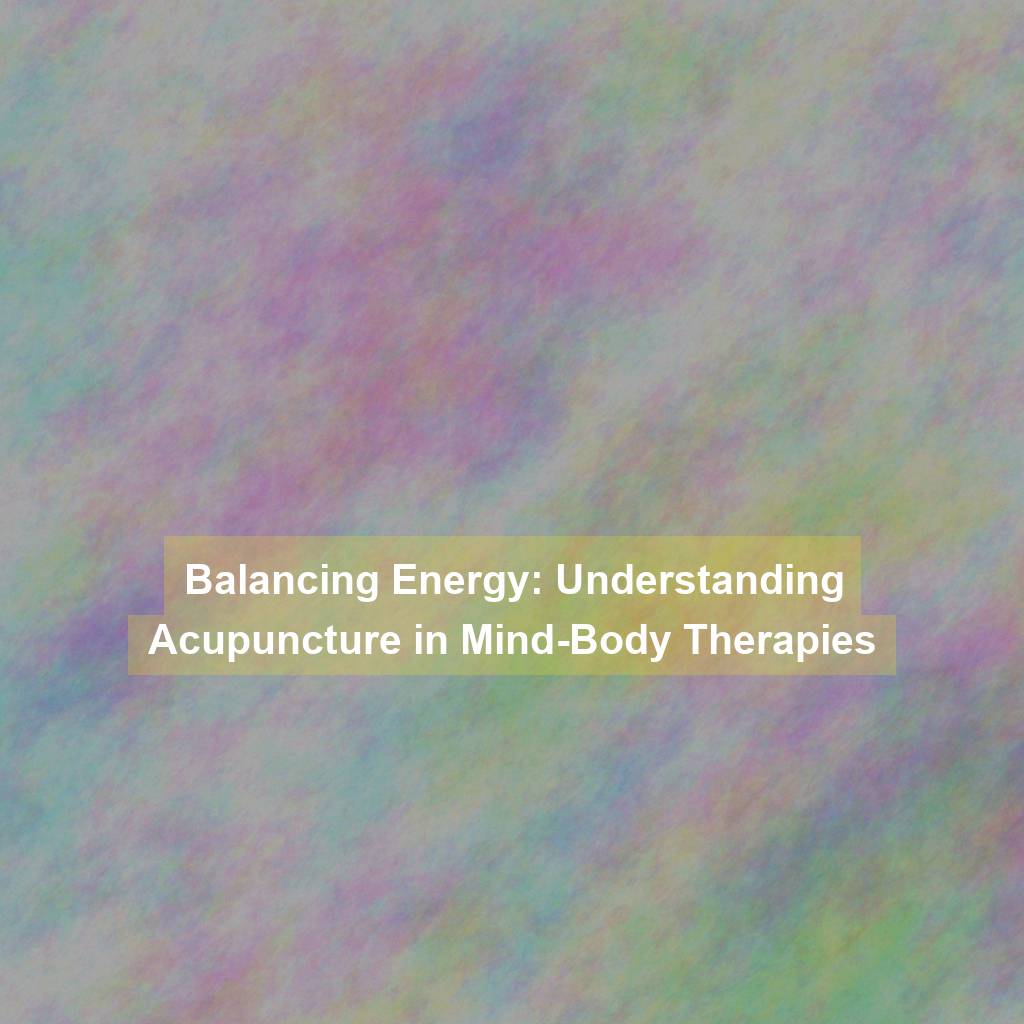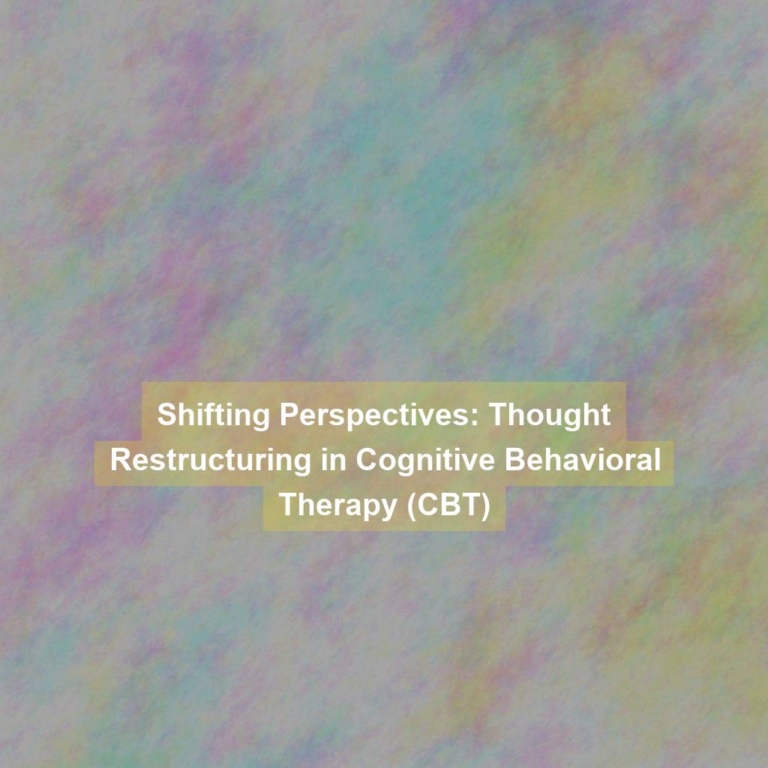You’ve probably heard of someone experiencing relief from chronic pain through acupuncture, but have you ever wondered how it works?
Picture this: a woman who has been suffering from migraines for years finds relief after a few sessions of acupuncture. She’s amazed at how such a seemingly simple practice could have such a profound impact on her well-being.
But how does it actually work? What is the science behind this ancient healing art? Understanding the principles of acupuncture and its role in mind-body therapies can provide valuable insights into the holistic approach to health and wellness.
Origins of Acupuncture
The origins of acupuncture can be traced back to ancient China, where it was developed as a key component of traditional Chinese medicine. This ancient practice is based on the concept of vital energy, or qi, flowing through meridians in the body. According to traditional Chinese medicine, illness and pain are the result of disruptions in the flow of qi. Acupuncture aims to restore the balance of qi by inserting thin needles into specific points along the meridians.
In ancient China, the practice of acupuncture was developed through careful observation and experimentation over centuries. The earliest known Chinese medical text, ‘The Yellow Emperor’s Classic of Internal Medicine,’ dating back to the first century BCE, contains detailed descriptions of acupuncture techniques. As the practice evolved, it spread to other parts of Asia and eventually made its way to the West.
Acupuncture’s long history and its enduring presence in modern medicine are a testament to its effectiveness and the deep understanding of the human body that ancient practitioners possessed. Today, acupuncture continues to be used as a complementary therapy for a wide range of conditions, from chronic pain and migraines to stress and anxiety.
Principles of Traditional Chinese Medicine
How do the principles of Traditional Chinese Medicine contribute to the understanding of acupuncture in mind-body therapies?
Traditional Chinese Medicine (TCM) is based on the concept of Qi, the vital energy that flows through the body along meridians. According to TCM principles, the balance and flow of Qi are essential for maintaining health, and disruptions in this flow can lead to illness. This understanding forms the foundation of acupuncture, as acupuncture aims to restore the balance and flow of Qi by stimulating specific points along the meridians.
Another principle of TCM is the concept of Yin and Yang, representing opposing forces that need to be in harmony for good health. Acupuncture seeks to rebalance the Yin and Yang within the body, addressing the root cause of imbalances rather than just treating symptoms.
Moreover, the TCM principle of the Five Elements (wood, fire, earth, metal, water) provides a framework for understanding the interconnectedness of bodily functions and organ systems, guiding acupuncturists in diagnosing and treating imbalances.
Acupuncture Points and Meridians
Exploring the intricate network of acupuncture points and meridians provides insight into the foundational framework of acupuncture therapy. Acupuncture points are specific locations on the body where the meridian pathways surface and where practitioners insert needles to stimulate the flow of energy, or qi. These points are carefully mapped out across the body, each with its unique functions and indications.
The meridians, on the other hand, are the pathways through which qi flows, connecting the acupuncture points. There are 12 primary meridians, each corresponding to specific organs and functions in the body, and 8 extraordinary meridians that are considered reservoirs of qi.
Each acupuncture point has specific effects on the body, which can be physical, mental, or emotional. For example, stimulating a particular point may help alleviate pain, improve digestion, or address anxiety. The meridians act as channels for this energy flow, connecting the body as a whole. Understanding the intricate web of acupuncture points and meridians is crucial for practitioners to effectively treat imbalances and promote holistic well-being.
Health Benefits of Acupuncture
Acupuncture offers a wide range of health benefits, including pain relief, stress reduction, and improved overall well-being. One of the most well-known benefits of acupuncture is pain relief. It can effectively alleviate chronic pain conditions such as back pain, migraines, and arthritis. Acupuncture stimulates the release of endorphins, the body’s natural pain-killing chemicals, providing relief without the side effects that often accompany pharmaceutical interventions.
Additionally, acupuncture can significantly reduce stress and anxiety. By targeting specific points on the body, it helps to regulate the nervous system and promote a sense of calm and relaxation. This can lead to improved sleep, better digestion, and an overall reduction in the body’s stress response.
Moreover, acupuncture has been shown to enhance overall well-being. It can boost energy levels, strengthen the immune system, and promote a better sense of balance and harmony within the body. With its holistic approach, acupuncture not only targets specific symptoms but also aims to address the root cause of health issues, promoting long-term wellness.
Integrating Acupuncture Into Holistic Wellness
Integrating acupuncture into holistic wellness requires a comprehensive understanding of its impact on both physical and mental well-being. Acupuncture isn’t just about alleviating physical symptoms; it’s about achieving balance and harmony within the body, mind, and spirit. When incorporated into holistic wellness practices, acupuncture can help address a wide range of health concerns by promoting overall well-being.
In holistic wellness, acupuncture can complement other mind-body therapies such as meditation, yoga, and tai chi. These practices work synergistically to enhance the body’s natural healing abilities and promote a sense of wholeness. Acupuncture can also assist in reducing stress, anxiety, and depression, making it a valuable addition to mental health and emotional well-being strategies.
Furthermore, integrating acupuncture into holistic wellness emphasizes the interconnectedness of various bodily systems. By targeting specific acupoints, acupuncture can support digestion, immune function, and hormone regulation. This integrative approach acknowledges the body as a complex ecosystem, where physical, emotional, and spiritual aspects are interwoven and must be addressed in tandem for optimal health.
Conclusion
So, now you understand the ancient origins of acupuncture and its principles in traditional Chinese medicine.
You also know about the health benefits of acupuncture and how it can be integrated into holistic wellness practices.
Keep exploring the world of mind-body therapies and consider incorporating acupuncture into your own wellness routine for a balanced and harmonious energy flow.







